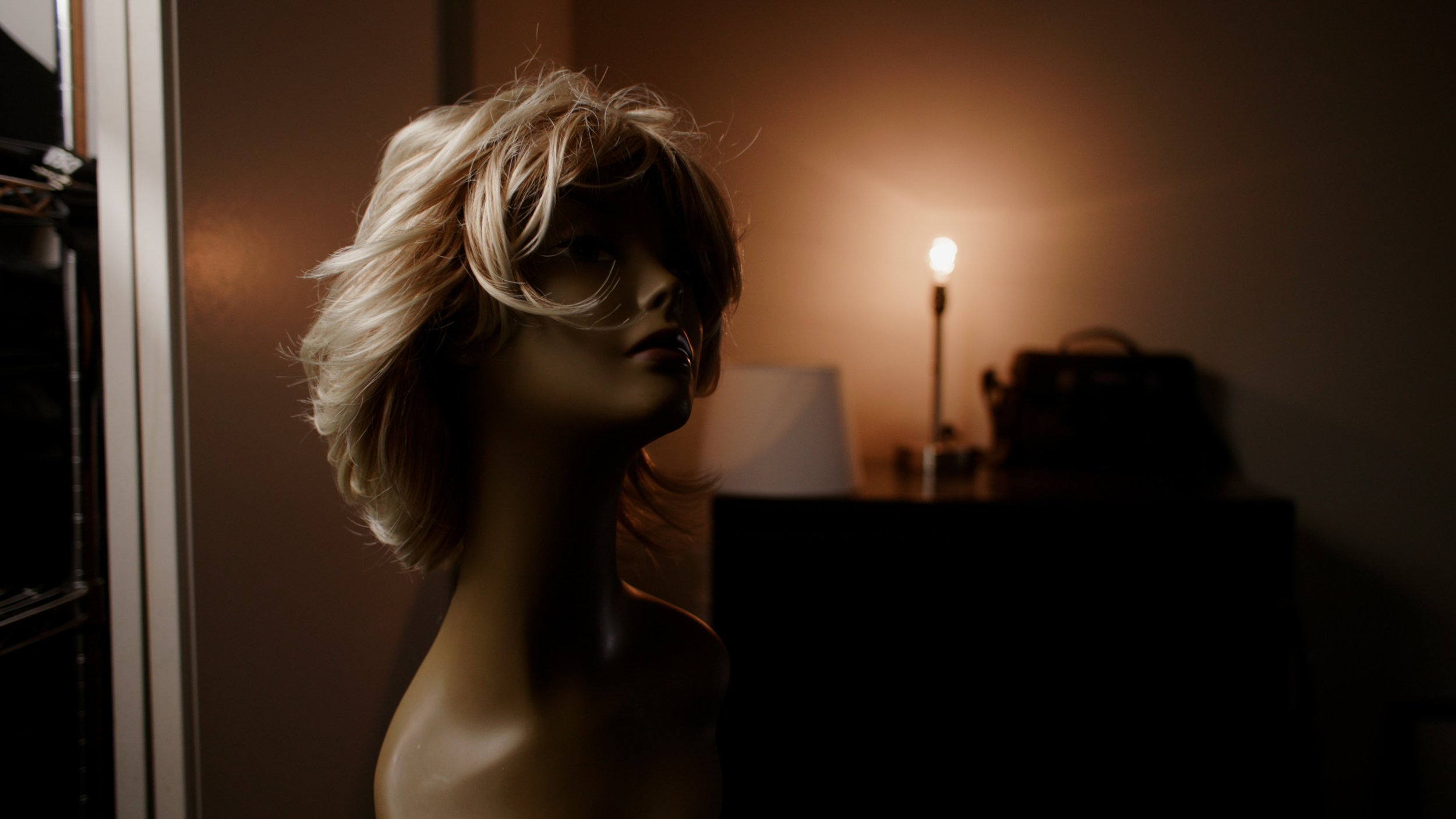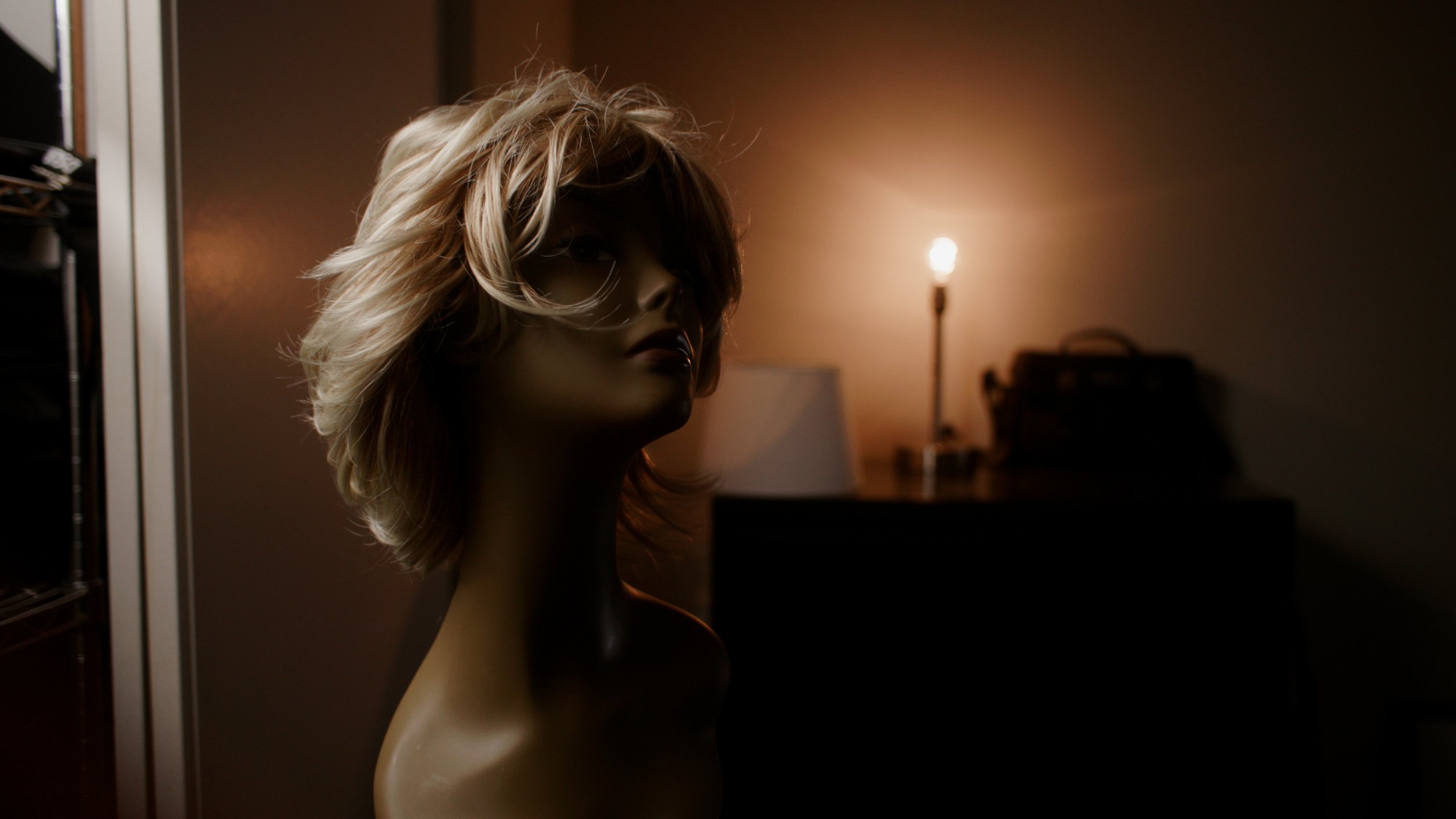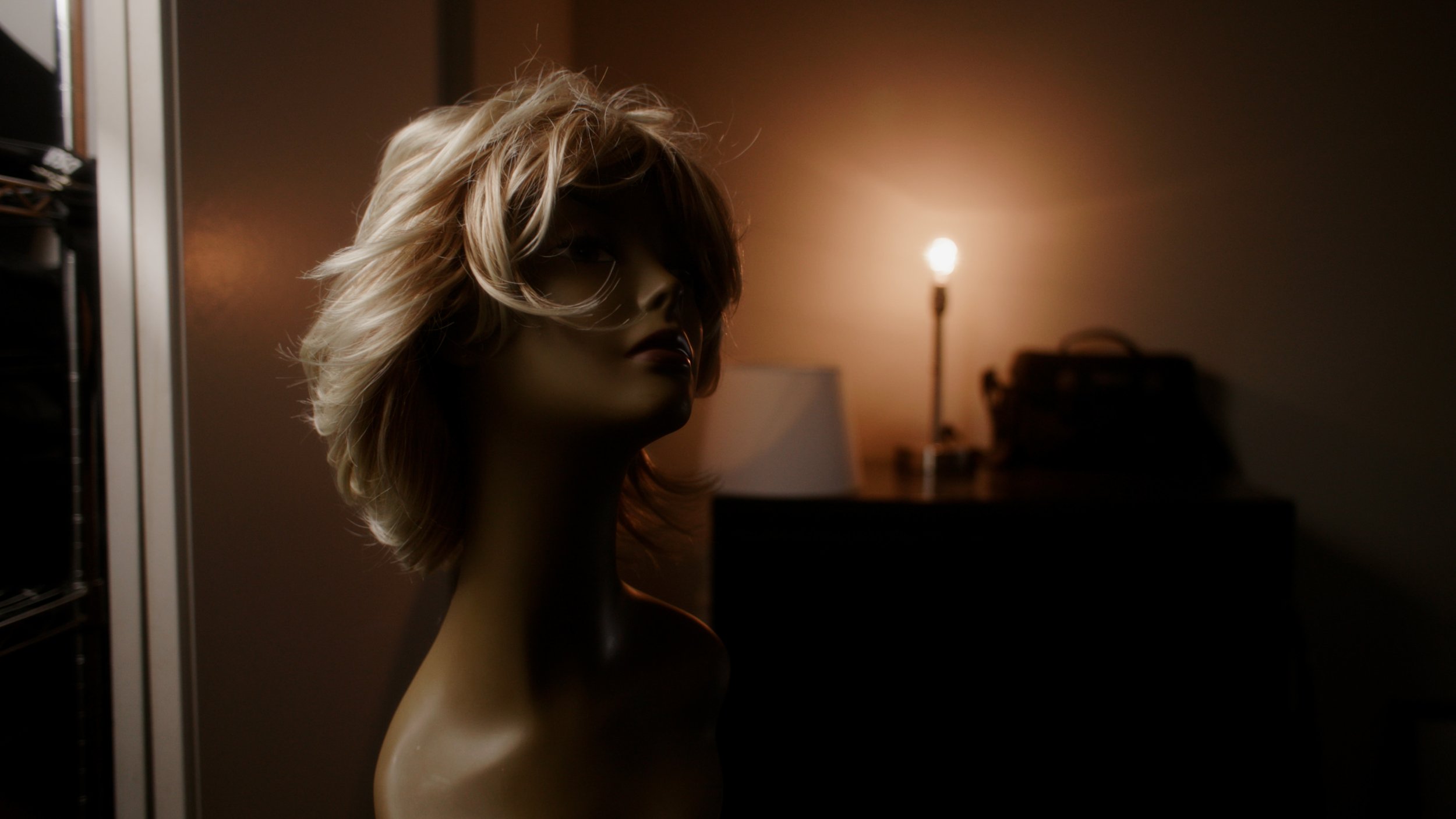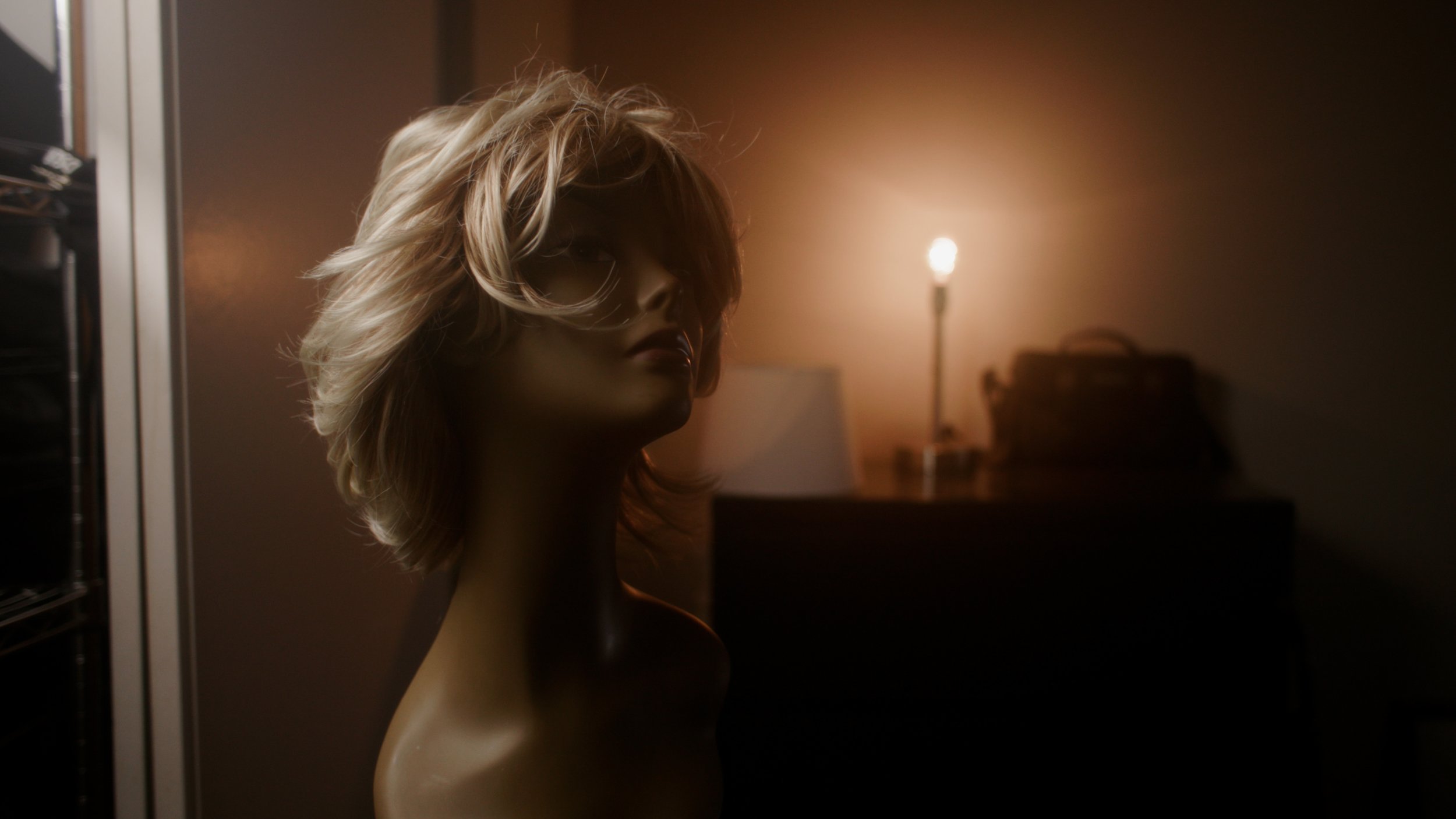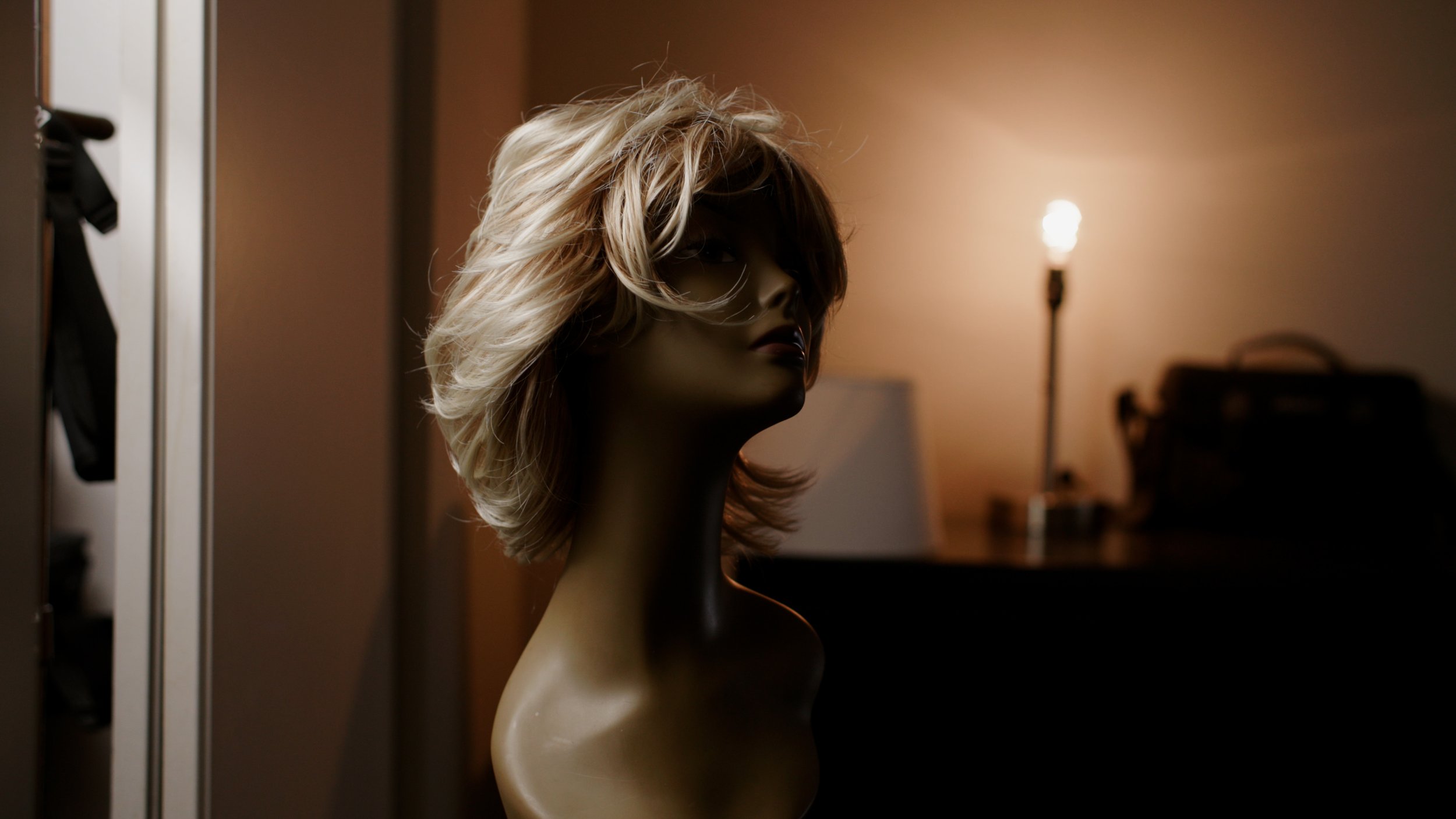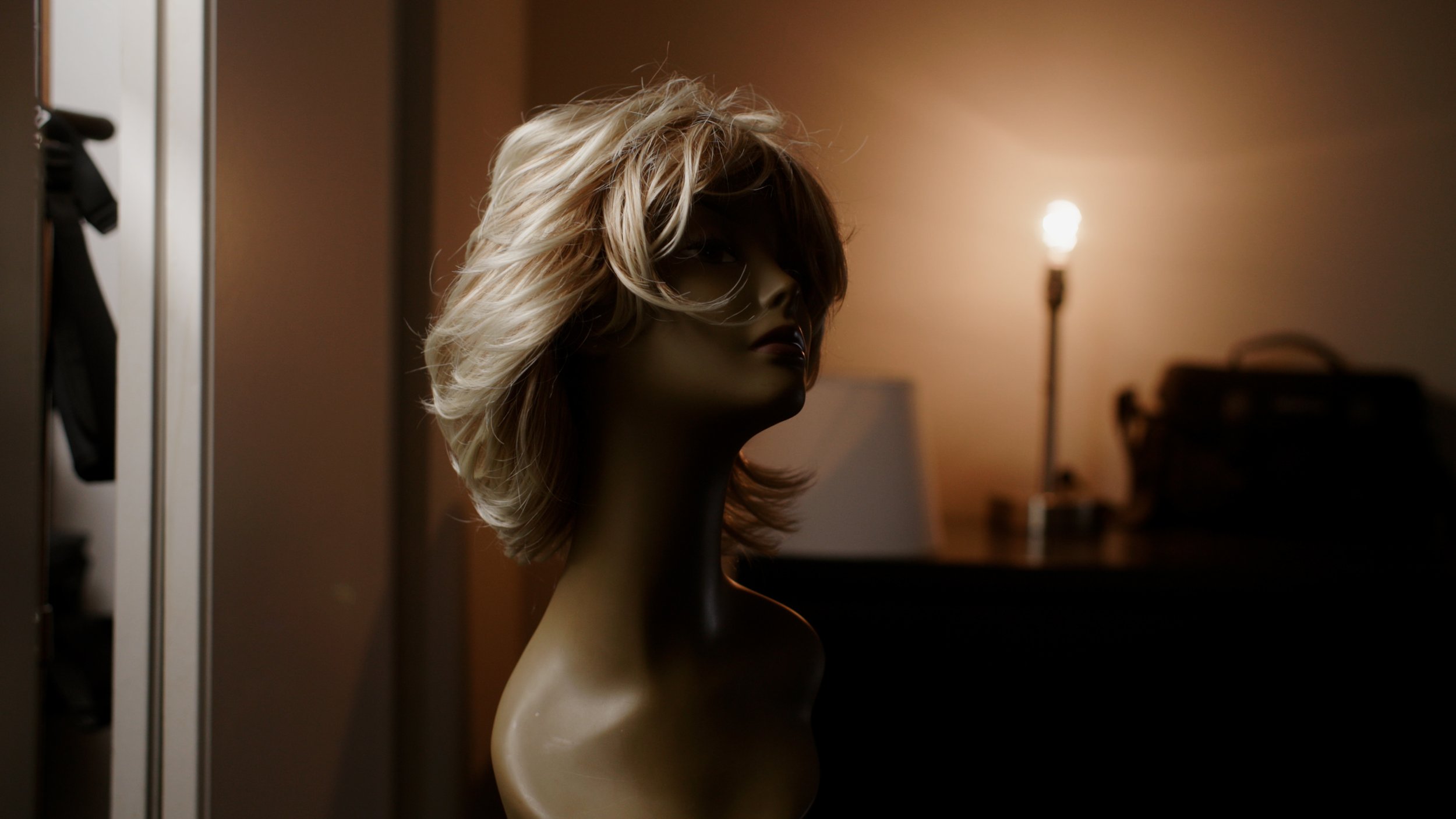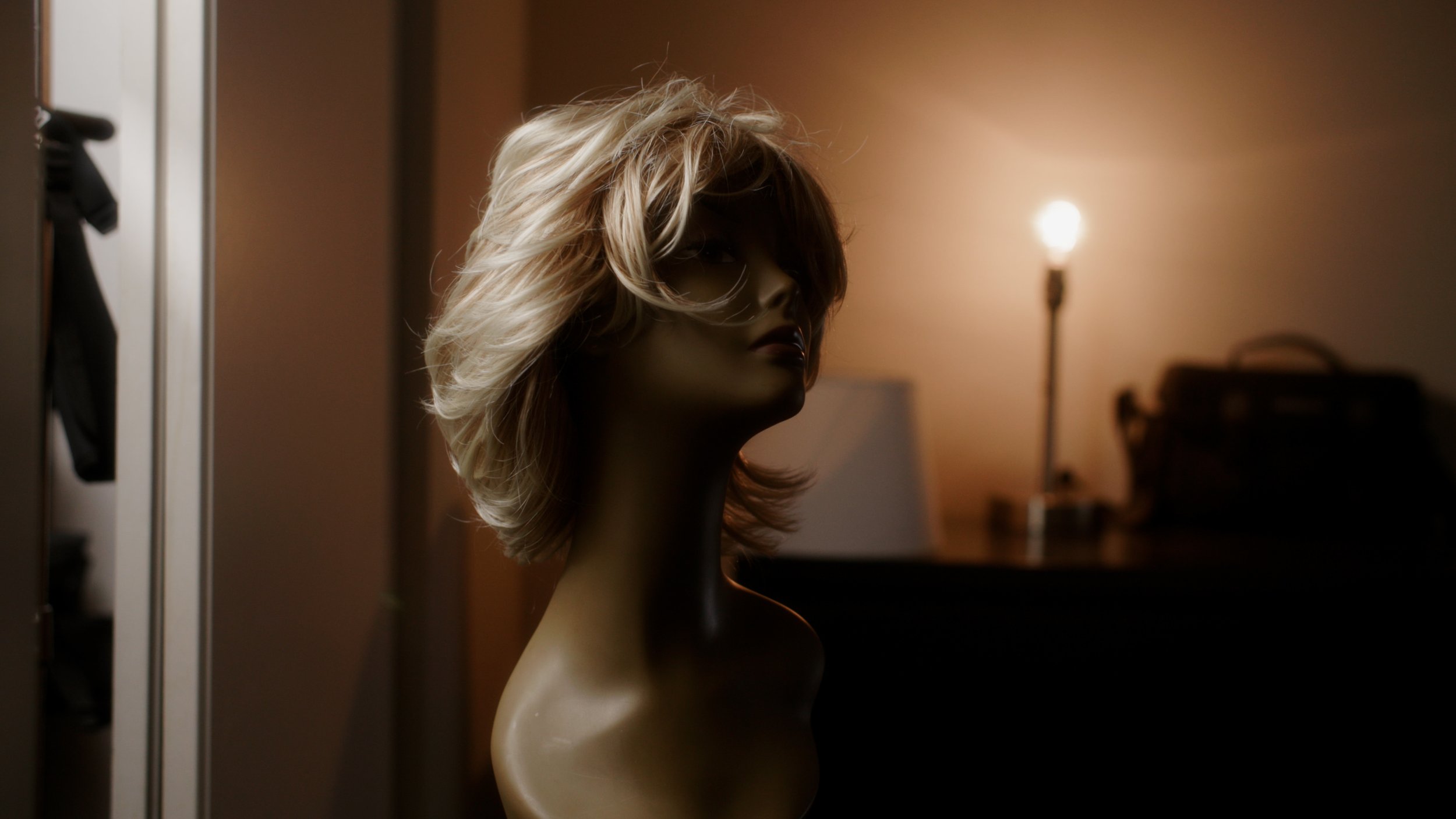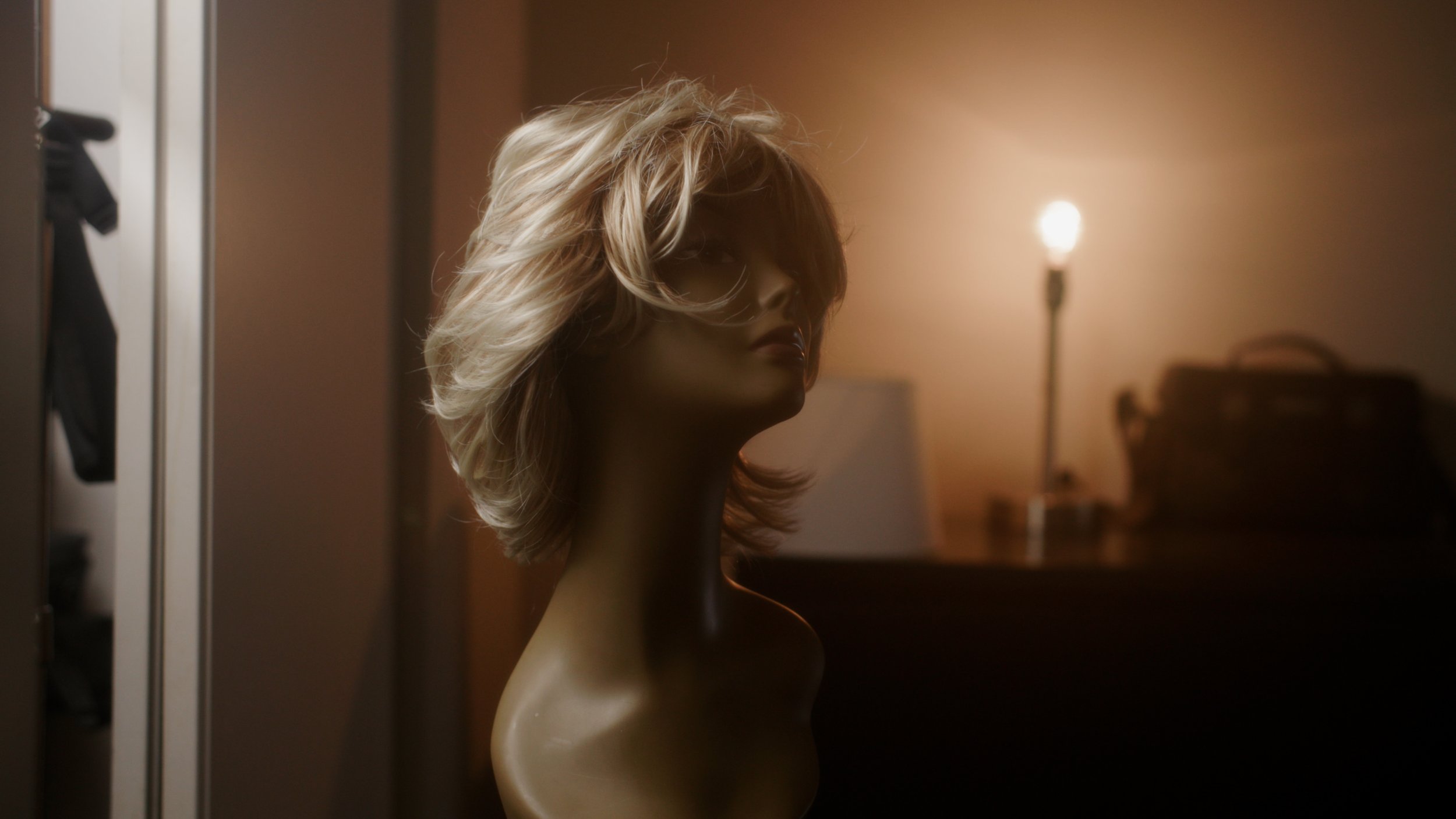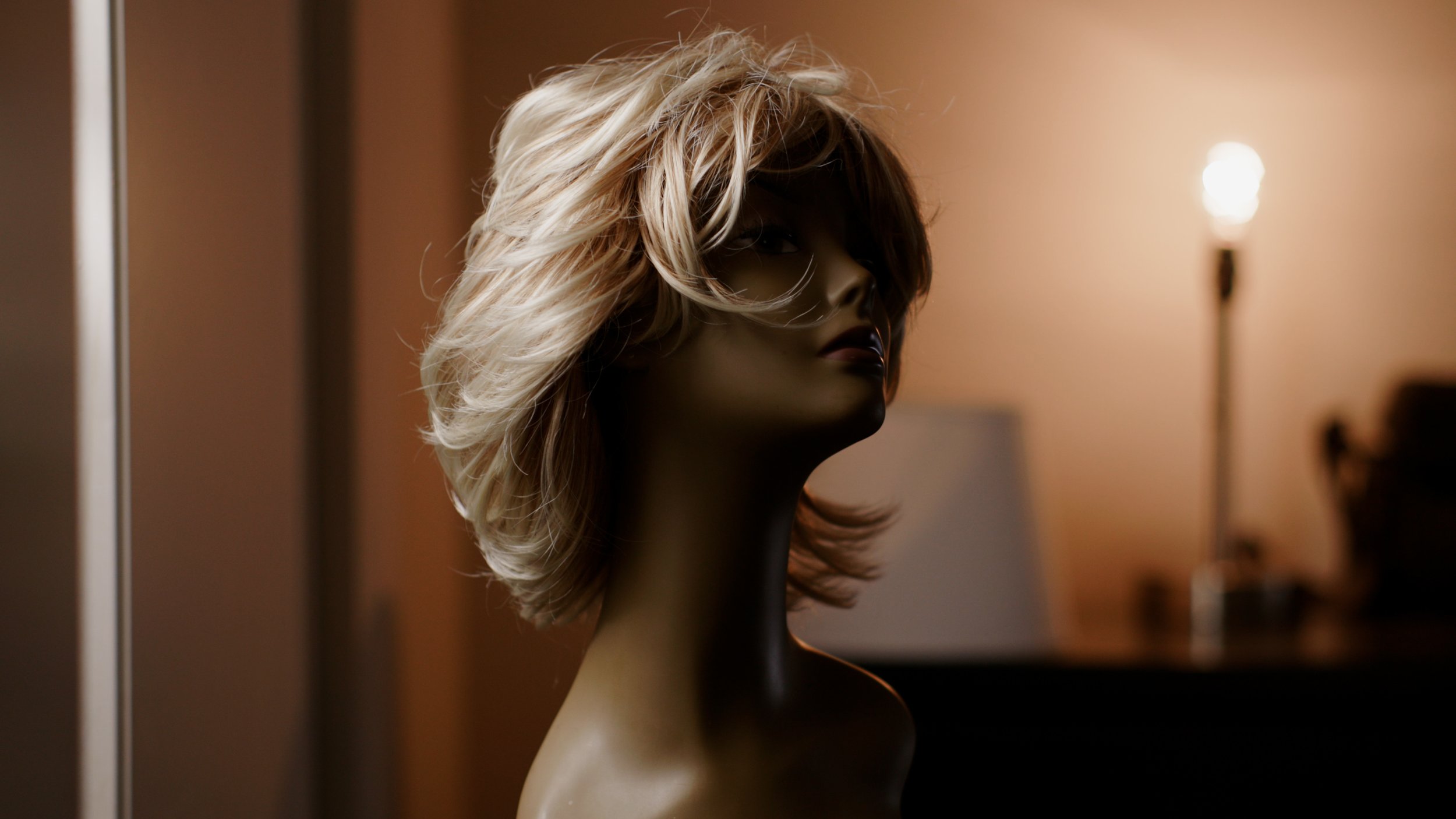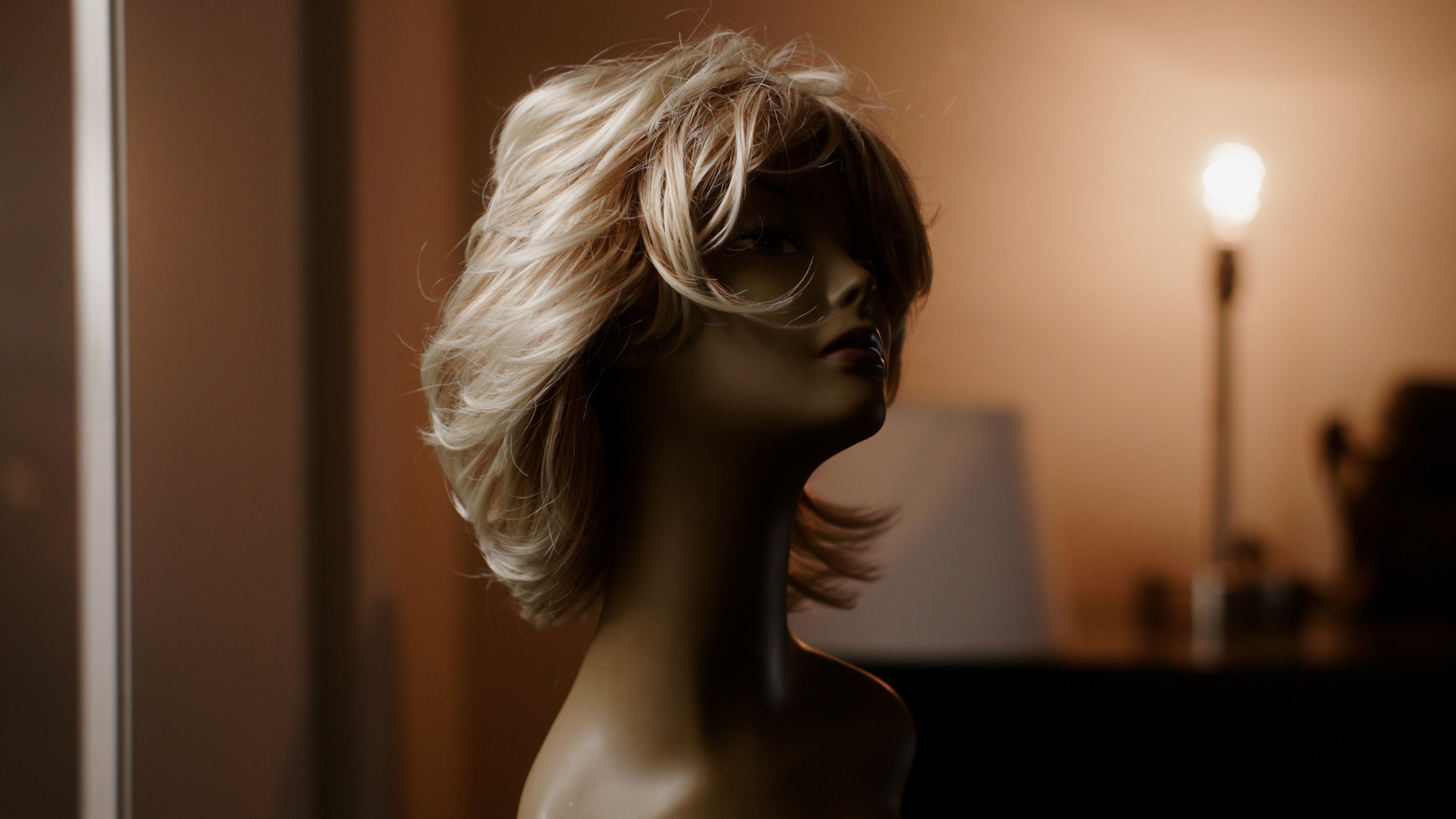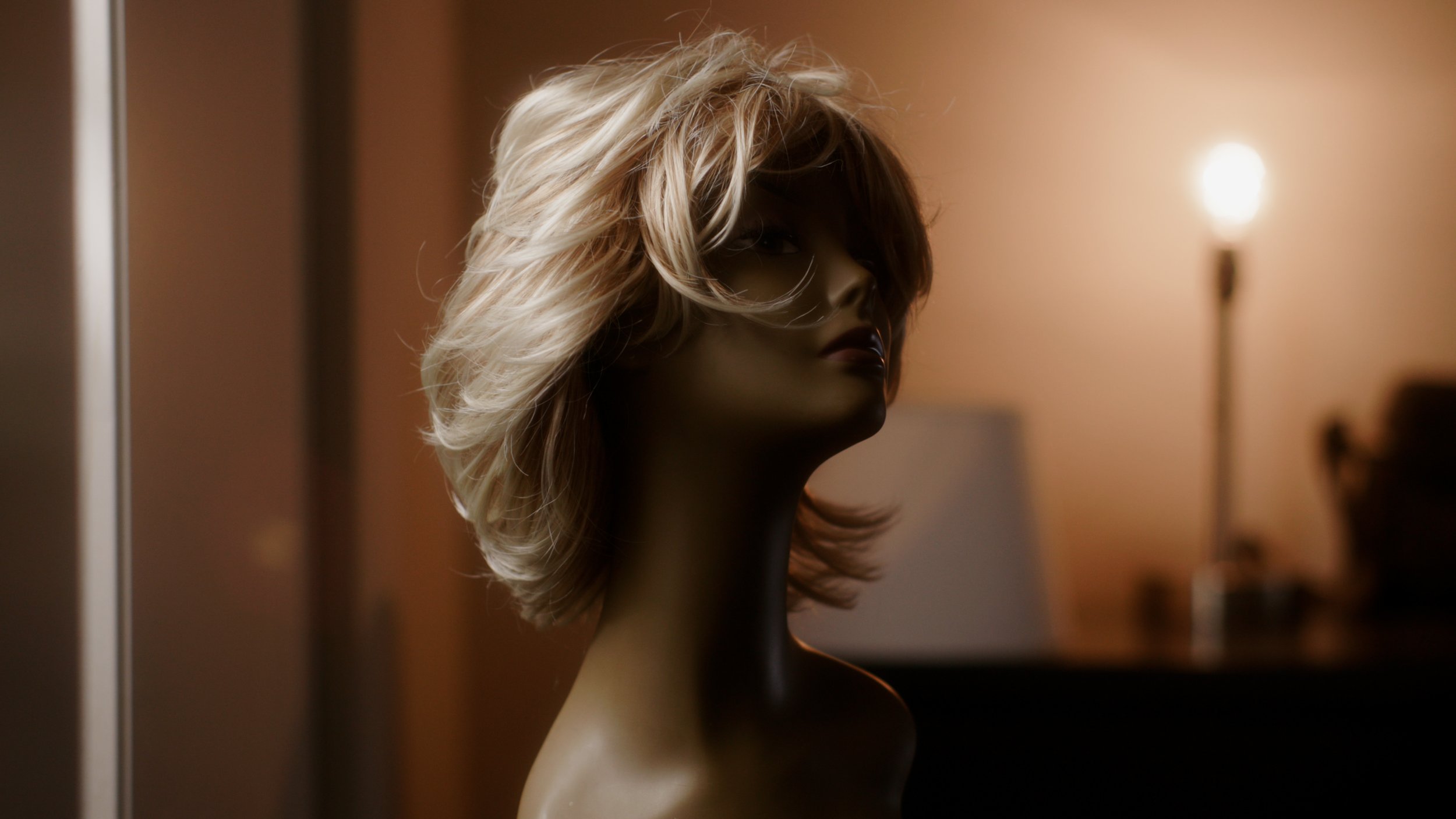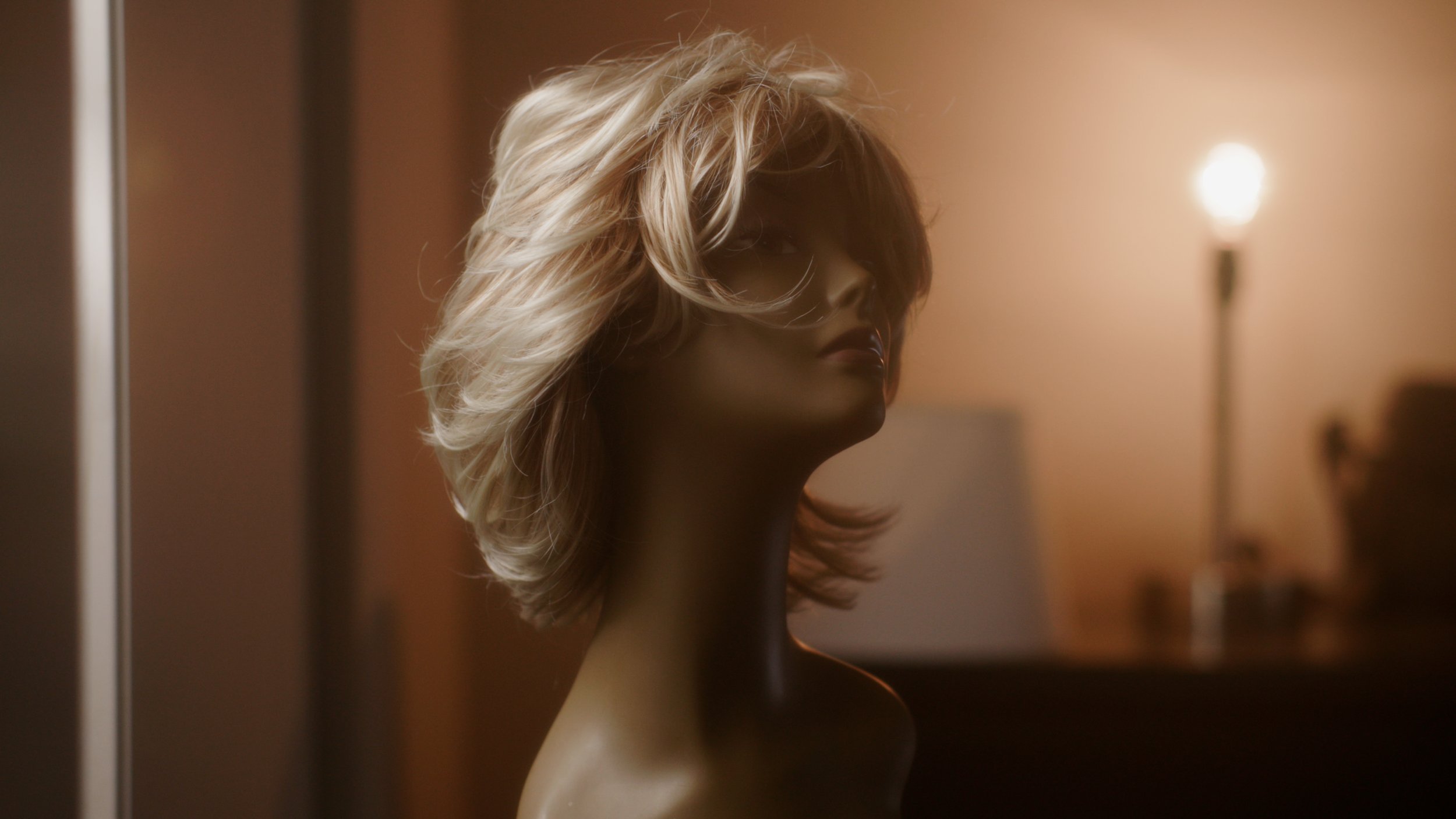The State of Professional Video in Portland, OR - My Personal Perspective
I’m going to try something a little different with this post. I can only speak from my own experience, and I know it might be very different for others. If you are considering making Portland the next stop in your videography career, make sure to talk to as many other video professionals as possible.
Portland is truly one-of-a-kind, especially when it comes to access to nature. Whether you're into hiking, backpacking, kayaking, skiing, or snowshoeing, the opportunities are practically at your doorstep (side note: I was featured on Redfin’s Things to Do article for new residents of Portland, OR. Check out the blog article here!). That was a big part of why I decided to move here almost a decade ago, and it’s kept me here ever since.
But I get it—if outdoor adventures aren’t your thing, and you’re not willing to trade a bit of your paycheck for this kind of lifestyle, you might find more lucrative opportunities in a "Tier 1" market. My colleagues who work in those cities seem to make several times what I do. But for me, the trade-off has been worth it.
The reality is that we only have two Fortune 500 companies with headquarters in this state. To put that in perspective, there were probably three times more Fortune 500 HQs in the business park where I used to work in Virginia. To make a living as a creative in PDX, I feel like you have be willing to take on mix of clients that includes small businesses and startups — and be prepared to adjust your pricing accordingly.
That said, there is work to be found, as long as you’re willing to hustle and have some savings to fall back on when work is thin. The videography market, in particular, has felt a bit over-saturated these past few years. But now, with AI technology advancing, some videographers are shifting gears and exploring new career paths, which is helping keep those of us still working afloat.
Of course, there’s still the standard corporate, wedding, and real estate video work available, as you’d expect in any populated metropolitan area. Videographers who specialize in those areas never seem to have a hard time finding work.
But there are also a few niches here that stand out.
For example, if you can break into the sportswear industry with a focus on commercial production, there’s potential to do really well. Companies like Nike, Adidas, Columbia, and Keen often work with local agencies and local talent.
There’s an area south of Portland informally called the ‘Silicon Forest’, and there are some companies doing some interesting work in tech here. These companies have been a staple of my clientele throughout the years and I’ve been fortunate to foster many great working relationships in this area.
Activism has become synonymous with Portland and unsurprisingly, the city is also home to many great nonprofits, always on the lookout for fresh, compelling video content.
If you’re open to traveling, you might find that there’s a real need for professional videographers in places like Salem, Eugene, or Medford. I’ve personally been contacted many times about work in those areas of the state.
There is some high-end commercial work happening in Portland too. The key crew roles are brought in from places like LA or NYC, but you might be able to find work as a grip or gaffer.
Narrative filmmaking, on the other hand, seems to be a tough nut to crack here, at least if you are trying to make a full-time living at it. That being said, there’s a thriving and supportive independent film scene here. There are plenty of talented and friendly folks eager to collaborate on a film project with you—just don’t expect much in the way of financial compensation.
So, that’s my take. This city may not be for everyone, but it works for me. Maybe it will work for you too!

